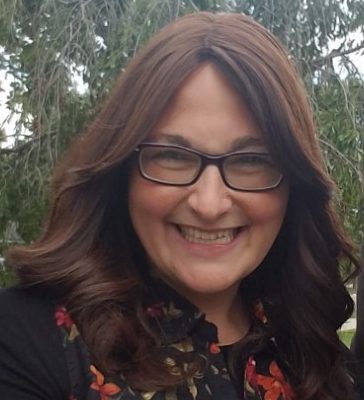Year in Review

South Bend mayor Pete Buttigieg is one of the biggest surprises of the 2020 presidential race

L
here’s nothing in the world like graduating. Nursery grads are moving on to start school, eighth graders will be beginning a new chapter in high school, and high school grads are giddy with the joy and amazed delight that comes from facing the endless possibilities of the “real world.”
Still, at every stage, change is hard. What’s the one thing that will make graduates feel better? That makes them laugh and cry, that will never quite lose its ability to bring on those nostalgic feelings about those precious years that they didn’t know to appreciate until long after they were over? The yearbook, of course!
Each School Is Different.
Some schools produce a yearbook every year for every grade. Some just do it for the graduating class. Sometimes there’s a yearbook instructor (teacher) involved; other times the students are entirely on their own. Some have advertisements; others do not. Some just have mazel tov letters from the graduates’ families. Anything goes.
These days, yearbooks are usually solid, durable books, with glossy, color pictures. Often underneath each senior’s pic there’s a deep and meaningful quote handpicked by the grad.
It Wasn’t Always This Way.
The first yearbooks, probably back in the 1600s, were really just scrapbooks. And considering that photography wasn’t around until the 1820s, they probably were nothing like what we’d consider a scrapbook or yearbook today! Instead of pictures, people filled the books with other things that could help bring back the memories of the good times — notes they’d written each other, dried flowers, articles, and even hair clippings! (Not THAT different from some upsheren albums today…!)
What’s considered the first college yearbook was published by Yale University in 1806. Since photographs weren’t invented yet, it included printed silhouettes of the students!
About 40 years later, the first high school yearbook was published in Waterford NY. It was called The Evergreen, and it only covered the graduating seniors. Maybe they thought they wouldn’t want to remember their teachers (whom, funnily enough, most grads seem to look back on fondly even if they didn’t quite see eye to eye with them during their school years).
A big part of the yearbook industry is credited to George K. Warren, a photographer in the 1830s, who helped develop (that’s actually a pun for those readers who will get it) the process of printing multiple pictures from a single negative. He took individual portraits (and class pictures) and sold them to students, encouraging them to give them out to their friends who would then take the pictures of their friends to bookbinders, who’d bind them together into fancy albums, sometimes with embossed covers and gilded pages…. Tada, a yearbook!
By the 1920s, yearbooks started including school activities and teachers and soon after that, sales campaigns began. Grads sold ads to include in the yearbooks and also started selling their yearbooks to help cover the costs of creating them.
By the 1970s, yearbooks were getting more creative with layout, text, coverage… and the number-one biggie yearbook decision: themes.
Then came video yearbooks, CD yearbooks and these days there are even 3D yearbooks!
Why Have a Yearbook?
A yearbook is like a snapshot in time that shows a particular school year. Depending what you put in it, it could be a memory book, history book, record book, and reference book rolled into one. Fifty years from now, when someone picks up your yearbook, what do you think they’ll think about you?
(Excerpted from Mishpacha Jr., Issue 765)
Oops! We could not locate your form.






